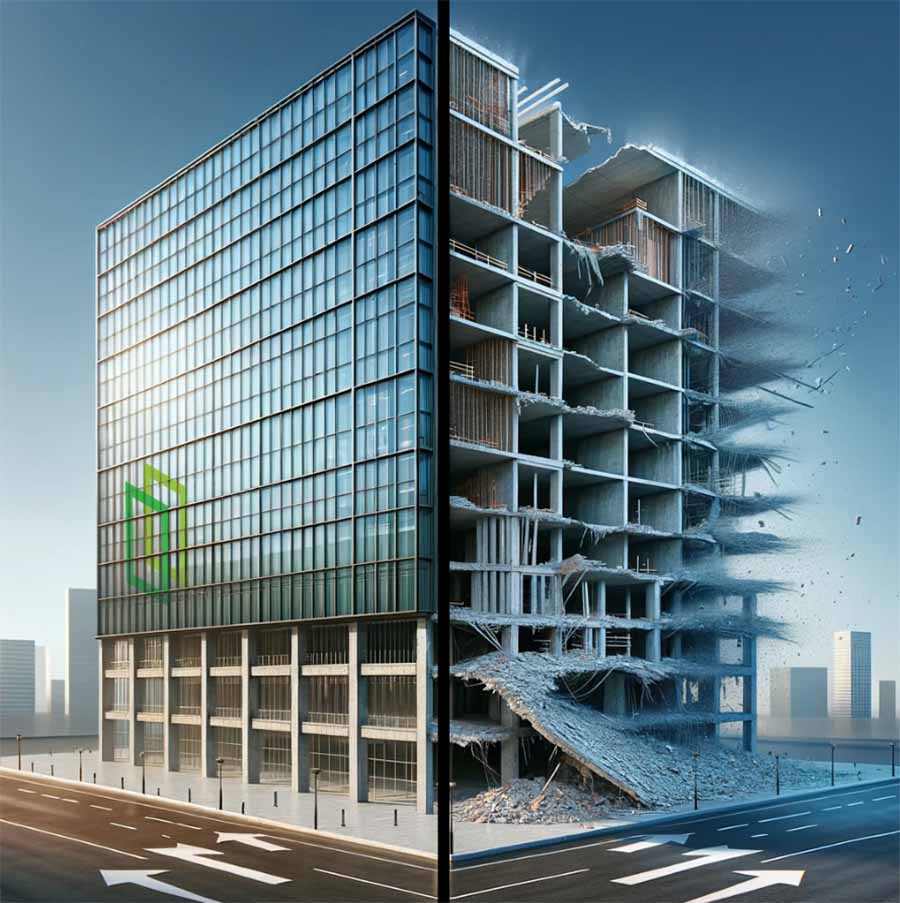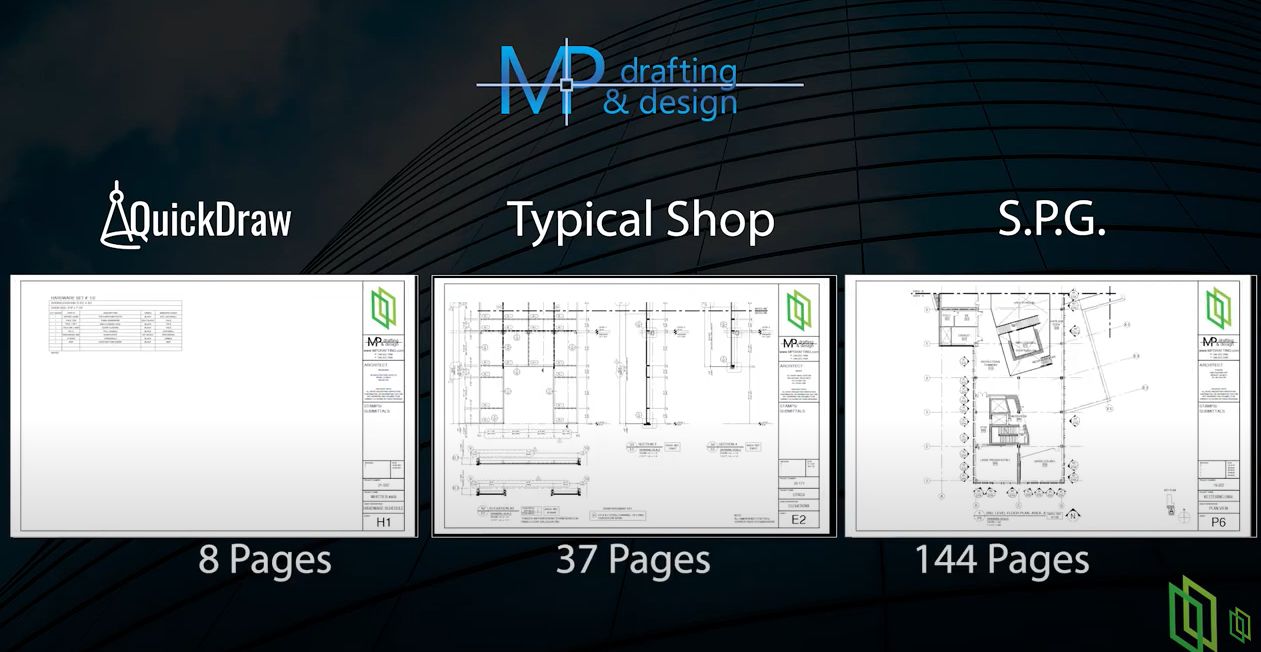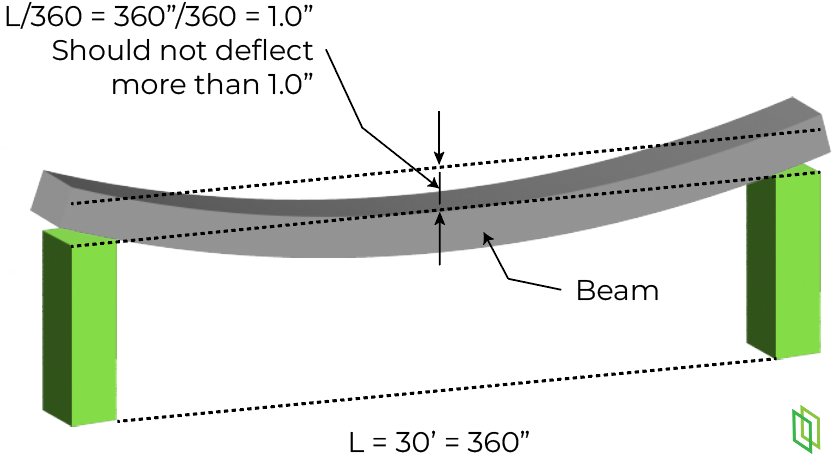
The Essential Conversation: Building Movements and Glazing Systems
In the intricate dance of construction and design, there's a conversation that's often whispered, sometimes silenced, but always crucial: the dialogue about building movements and their impact on glazing systems. It's a chat that, despite...
Read the Full Article


